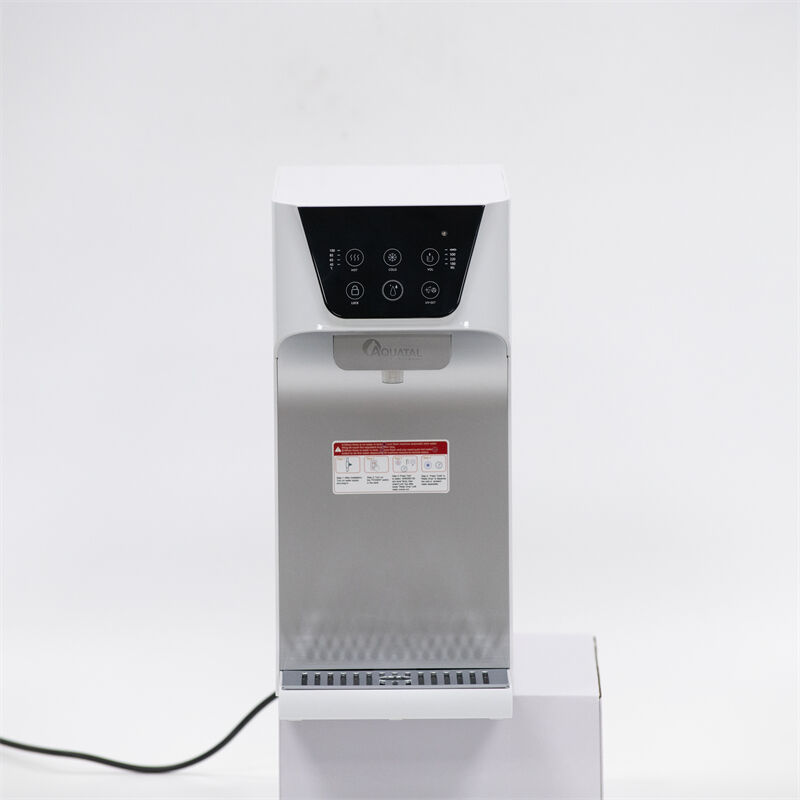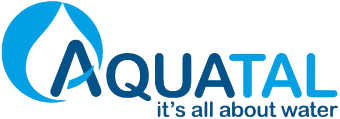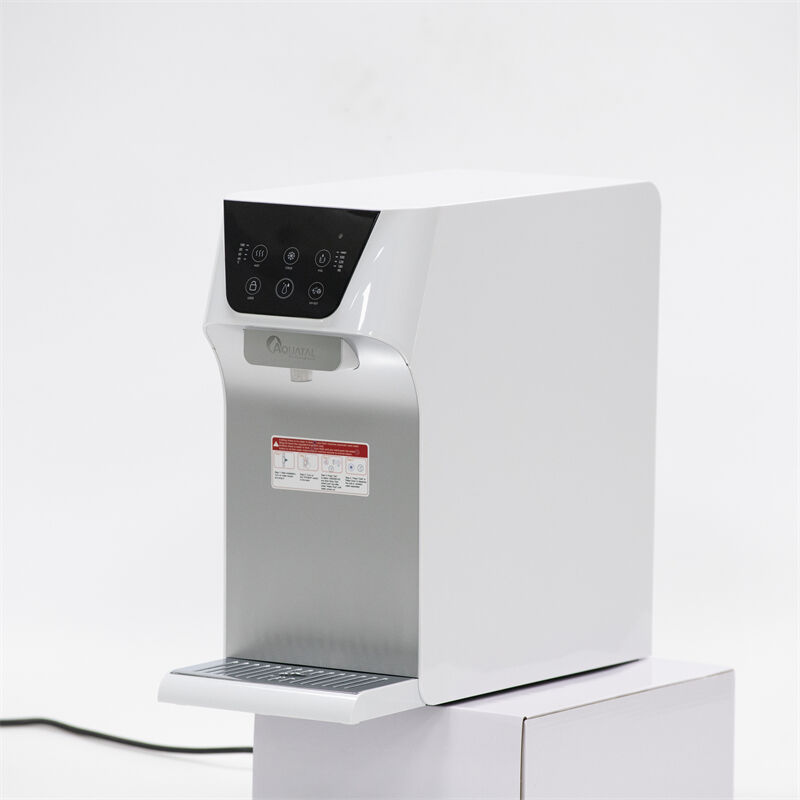Water is necessary to survive, so keeping it safe is very important for every household health. Among all the methods of purifying water, the use of UV light in the process is considered highly effective and becoming a favorite option. This article suggests that UV water purification helps to protect your home water by looking at both its benefits and compare with traditional water purification methods.

How UV Light Neutralizes Harmful Microorganisms
At 254 nanometers, UV water purification works by passing ultraviolet rays through the water, efficiently rupturing the microorganisms. The DNA or RNA inside bacteria, viruses and protozoa is damaged by UV light; this prevents them from reproductive or diseased activities. It is called inactivation when the virus becomes inactive.
Because UV purification kills many pathogens, including those that resists chemical treatments such as chlorine, it represents a significant benefit. UV light is very effective in disabling Escherichia coli (E. coli), Salmonella, Giardia and Cryptosporidium. Being effective against a wide range of germs protects drinking water from leading to stomach infections and more serious illnesses.
UV water purification also stands out because it keeps your water free from chemicals. Because it works only with light, distillation leaves the water unchanged in taste, color and smell, so many people pick it for their sensitive palates. Besides, UV light therapy does not lead to the formation of harmful chemicals, so your drinking water remains safe and of good quality.
Comparing UV Purification to Other Water Treatment Methods
Though UV water purification is efficient, it is important to realize how it matches up with typical water filtration methods used at home.
1. Chemical Disinfection
Many chemical disinfection methods rely on chlorination the most. Many pathogens are affected by sulfonamides which are also inexpensive treatments. But there are several issues associated with it. Having organic material in water can reduce the effectiveness of chlorination and cause the buildup of dangerous compounds such as THMs. Besides everything else, adding chlorine to water can make it taste bitter and have an unpleasant smell which makes some people avoid it.
2. Filtration
Particles, sediments and various chemicals can be drained from water by using activated carbon filters and reverse osmosis systems. But, sometimes they do not completely eliminate all the germs. Filtering systems may allow bacteria to form if not managed right and they might not catch all the viruses that should be filtered out.
3. Boiling
Killing pathogens by boiling water is easy, but most people cannot do this regularly since it takes time and wastes energy. Besides that, boiling does not get rid of chemicals or sediments in the water which means it isn’t always effective as a full treatment process.
4. Ozone Treatment
Water treatment uses ozone, a strong oxidant and disinfectant which kills different types of microbes. Yet, having and running an ozone system in the house can be both pricey and complicated to do. Ozone treatment may also result in the production of by-products which may need different treatment procedures.
Conclusion
Since water safety is several times doubtful, your family's health depends on choosing an effective way to purify your water. One of the main advantages of UV water purification is that it helps fight waterborne diseases with a reliable and chemical-free manner to remove harmful germs. With new tight rules for water, UV purification remains a proper way to ensure safe and clean water in the future. Hugging this water purification method is not only to bring healthy water, but also for business benefits.

 EN
EN
 AR
AR
 BG
BG
 HR
HR
 CS
CS
 DA
DA
 NL
NL
 FI
FI
 FR
FR
 DE
DE
 EL
EL
 HI
HI
 IT
IT
 JA
JA
 KO
KO
 NO
NO
 PL
PL
 PT
PT
 RO
RO
 RU
RU
 ES
ES
 SV
SV
 TL
TL
 IW
IW
 ID
ID
 UK
UK
 VI
VI
 HU
HU
 TH
TH
 TR
TR
 FA
FA
 AF
AF
 MS
MS
 GA
GA
 AZ
AZ
 KA
KA
 BS
BS
 KK
KK
 KY
KY
